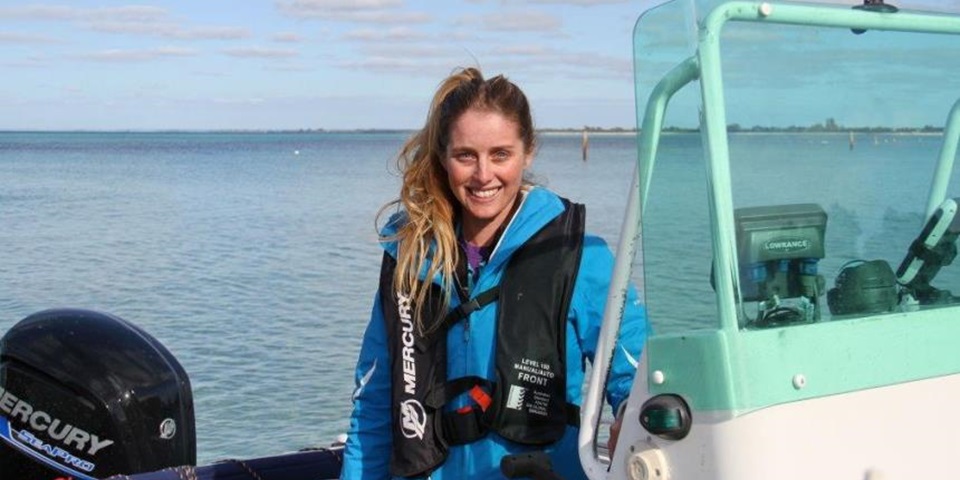News
Dolphins are on the menu for Australian sharks – if they can catch them

Sharks don’t discriminate based on age or gender when it comes to biting bottlenose dolphins but are more likely to attack them in sheltered waters, new research has revealed.
Dr Kate Sprogis led a team from Murdoch University’s Cetacean Research Unit that tracked shark attacks on dolphins off the south-west coast of Western Australia over seven years.
The research was funded by the South West Marine Research Program funding partners, including support from the Dolphin Discovery Centre in Bunbury.
The team embarked on more than 600 boat trips to collect the data from more than 540 square kilometres of open coastal and sheltered waters off Bunbury and Busselton.
“The predatory behavior of sharks, including great whites and tiger sharks, can influence a range of prey species including dolphins,” Dr Sprogis said.
“We were interested in discovering whether any particular group of dolphins were more vulnerable to shark attacks and so we looked for patterns in dolphins grouping based on age and sex, seasonality and annual trends; and location in open versus sheltered waters.”
Of the 343 dolphins assessed in these waters, nearly 17 per cent of them were found to have had scars and bite wounds arising from encounters with sharks.
“Although dolphins have anti-predator tactics, lethal shark attacks are still documented and failed predation attempts can be seen through fresh wounds and scars,” Dr Sprogis explained.
“These wounds and scars can measure the risk from predatory sharks on the population.”
Results showed 25 per cent of dolphins in the sheltered waters of Koombana Bay, Leschenault Inlet and Leschenault Estuary were sporting bite wounds compare to just 13 per cent of dolphins spotted in coastal waters.
“This could be due to the fact that the water is more shallow in these sheltered waters, with less space and fewer escape routes, meaning altercations between sharks and dolphins is more likely,” Dr Sprogis said.
“It could also be because the acoustic detection of predators may be more difficult with more underwater noise from boats and ships in these areas - or because the murkier waters make it more difficult for the dolphins to see easily.”
The outcomes of this research challenge the popular Australian theory that the presence of dolphins in an area implies an absence of sharks, or an element of protection for swimmers and surfers.
Dr Sprogis said the incidents of shark attacks on dolphins could be even higher than those documented, as the study could not account for dolphins that may have died from interactions with predatory sharks.
“These are just those dolphins which have survived - with the ones that suffered mortal wounds factored in, this figure could be even higher,” Dr Sprogis said.
The shark predation paper can be downloaded here from the Journal of Experimental Marine Biology and Ecology: https://www.sciencedirect.com/science/article/pii/S002209811830008X